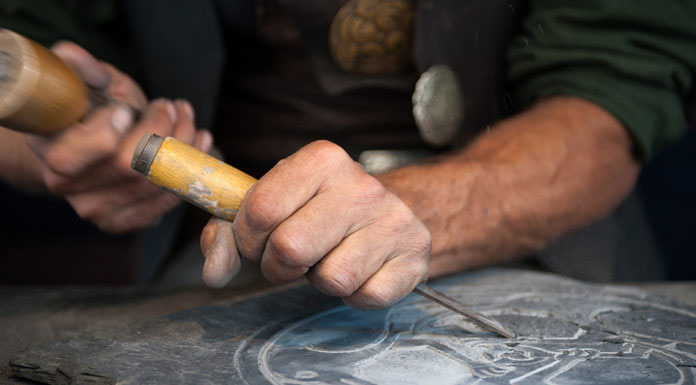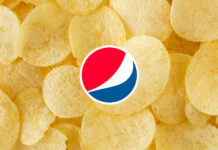
In a rare design judgement from India (see), a Division Bench of the Madras High Court, held that an infringement case is made out if the essential part of a design is similar to the essential part of the alleged infringing design. In the judgement, it reversed the decision of a Single Judge Bench of the same court, which had declared that the design in question was infringing.
Facts
This case is particularly interesting because it involved two parties who were, until very recently, the same company, and had separated only as part of a distress sale. Preethi Kitchen Appliances had been a part of Maya Appliances Pvt. Ltd. until 2011, after which Maya entered into a Slump Sale Agreement with Koninklijke Philips, NV, in The Netherlands (better known as Philips). Preethi had registered a design for a mixer grinder, or ‘mixie’ (or blender, as they are also sometimes known) in 2015. Maya also registered a design for a mixer grinder which came into effect form 2017.
Preethi first sued Maya for infringement of its design, in which case the Single Judge Bench granted an injunction. Maya appealed that decision before the two-judge Division Bench, which delivered its judgement here. Obviously, the previous corporate relationship was highlighted in the original suit, but this judgement itself did not spend too much time on it.
Prior publication and novelty of designs
One of the issues that came up in the case was what constitutes prior publication or disclosure of a design, which, under law, is a condition that can destroy the novelty of that design. Section 4 of the Indian Designs Act, 2000, prohibits the registration of a design which is not new or original or has been disclosed to the public by publication in tangible form or in any other way, beforean application for registration is made. The court explained what prior publication means in such cases:
- Firstly, it said that mere publication of designs, specific drawings and/or demonstrations in connection with an application for registration would not, in itself, amount to publication that would render a design registered in India liable to cancellation.
- Secondly, the court said that in order to constitute prior disclosure by publication, the publication would have to be in tangible form, of the design applied to the same article. Towards this, prior publication of a catalogue, brochure, book, journal, magazine or newspaper containing photographs or picture illustrations that clearly depict the application of the design on the same article with the same visual effect would be sufficient.
- Thirdly, when the novelty of an article is tested against a prior published document, the main factor required to be adjudged is the visual effect and the appeal of the picture illustration. If the visual effect of the pattern or shape or the combination of these, are not clear from the picture illustrations, the novelty cannot be said to have been destroyed by prior publication, in the absence of clear and unmistakable directions to make an article of the design which is the same or similar enough to the picture illustrations.
- Fourthly, the language of Section 10(4) of the Designs Act implies that once a design is entered in the register, the registration becomes prima facie evidence of originality and novelty of the design. Thus, the registration of a design brings with it a presumption that the design had not previously been published.
- Fifthly, the court said that such presumption is rebuttable, but in a specific manner. Once a design is registered, the onus is on the person who questions the right of the registered owner to substantiate their claim to relief.
Infringement and fraudulent imitation
The court also discussed the issue of design infringement in connection with fraudulent imitation:
- Whether the designs of two articles are identical, whether the design of an article is a fraudulent imitation of some other design is to be judged by the visual effect of the designs in issue.
- The article is to be judged as a whole.
- A design ought to be compared with features of shape and configuration shown in totality in the design registration certificate.
- The fraudulent imitation of a registered design constitutes infringement and piracy under Section 22 of the Designs Act, 2000. In order to attract Section 22, the resemblance between the designs need not be identical, as long as it is a planned and an obvious imitation, although it may be different from the original in some respects.
- A fraudulent imitation seems to be an imitation which is based upon, and deliberately based upon, the registered design and is an imitation which may be less apparent than an obvious imitation.
- If the court is able to find that, there is substantial and sufficient resemblance between the allegedly infringed designs and the Appellants registered designs, an injunction should follow.
- The two designs need not be identical. The word imitation does not mean duplication. It does not have to be an exact replica. It has to be seen whether the essential part of the impugned design is similar to the essential part of the alleged infringing design.
Findings
Eventually, in this case, the court noted that both parties were registered proprietors of their respective designs. The court found that the designs in question did not indicate such striking similarities as to be regarded as obvious and fraudulent imitation. A specific issue of the design of the base came up, but the court concluded that there was no real possibility of confusing the base unit of the one design for the other, and in effect, decided that there was no infringement in this case.
















